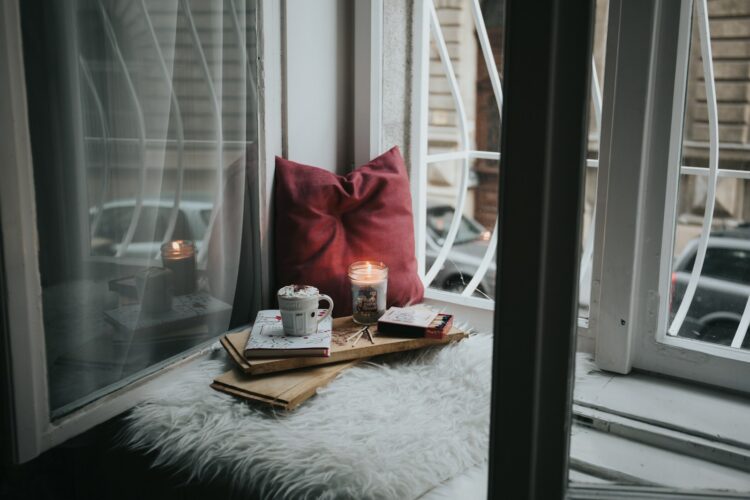Money is what the world currently centers around, and while some lavish on it, others struggle to make ends meet. One thing they have in common, though, is that they both care about money.
With the weather getting cold, keeping your heater on for a long time will get your bills skyrocketing, and we don’t want that. So, here are some cost-saving hacks that will keep you and your money warm.
The ideal temperature to maintain
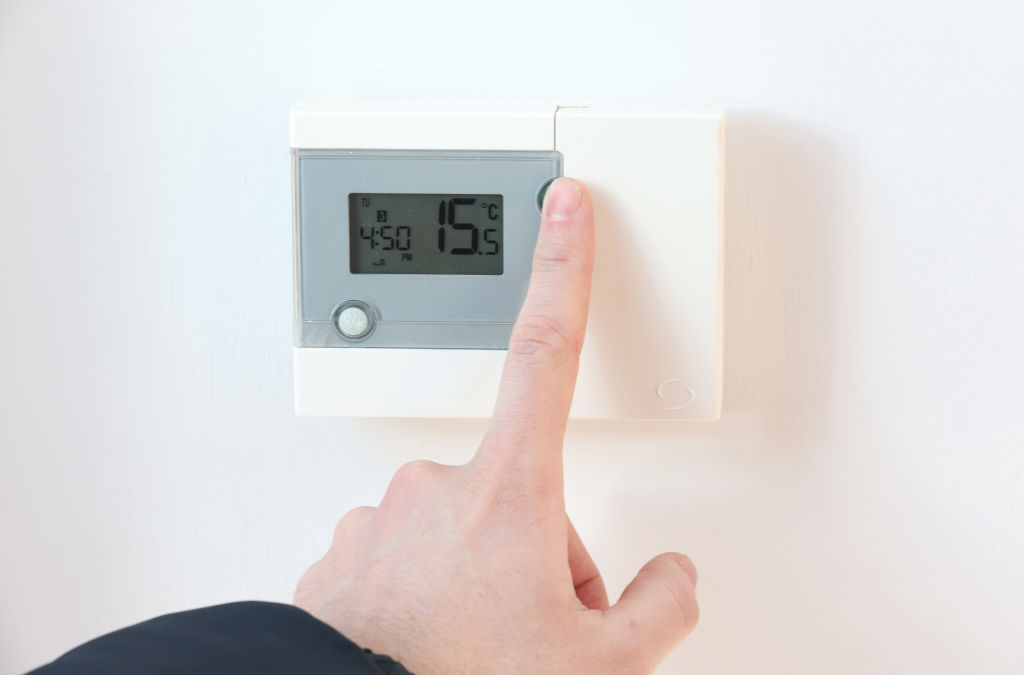
The ideal room temperature in winter differs according to which country you live in. However, as a general rule of thumb, the ideal temperature is around 68°F (20°C) when you’re home and 60–65°F (15–18°C) when you’re away.
Lowering the thermostat when you’re away can help you save up to 10% on your annual heating and cooling costs, which is a significant number.
Rearrange your furniture

Chris Shaw, CEO at Utility Bidder, recommended to Woman&Home that you move your furniture so that nothing stands in the way of your radiator.
He also recommended that “any large furniture such as beds or wardrobes should also be at least 1 foot away from radiators” to ensure efficiency.
Soft furnishing goes a long way

While the goal here is not to make the room warm, this tip will help make you warm and cozy. Add extra soft layers to armchairs, sofas, and beds.
Sam Baldry, head of design at Swoon, advises that you keep a basket or box full of warm blankets “so that when the temperature drops, your guests can reach for a comforting blanket to snuggle up and relax under.” The preferable materials are soft cotton and velvet.
Keep your oven door open after cooking
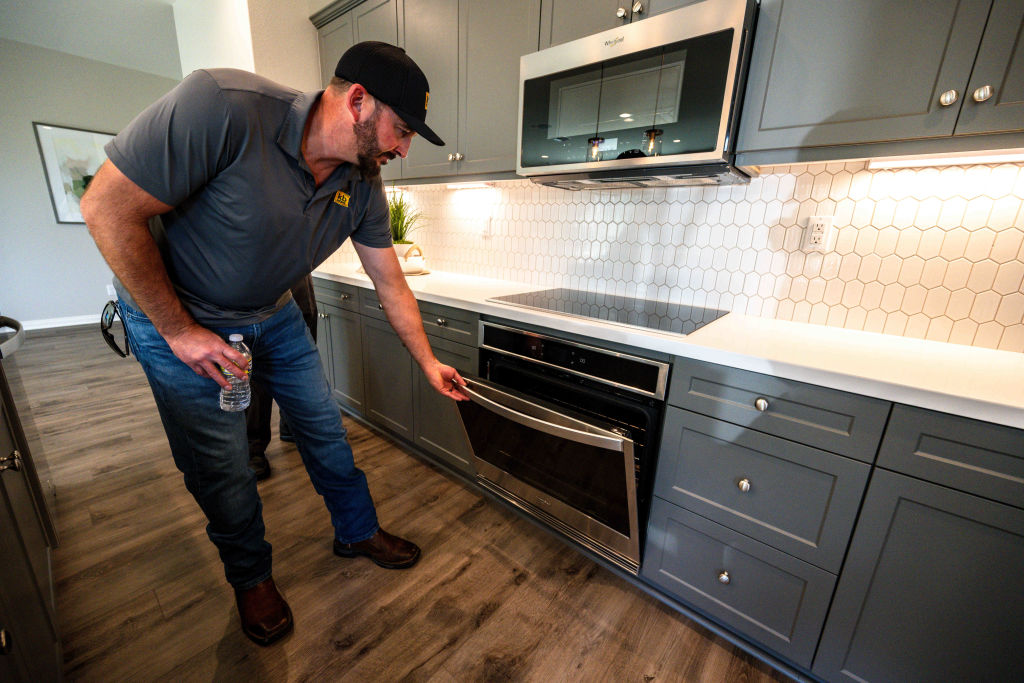
Ovens are used more during winter as the cold season increases our cravings for hot food. It might not sound convincing at first glance, but the residual heat from cooking has the potential to send warmth your way.
Turn off your oven after you’re done and keep its door open. Make sure it’s clean first so as not to spread any unpleasant smell.
Floorboards insulation
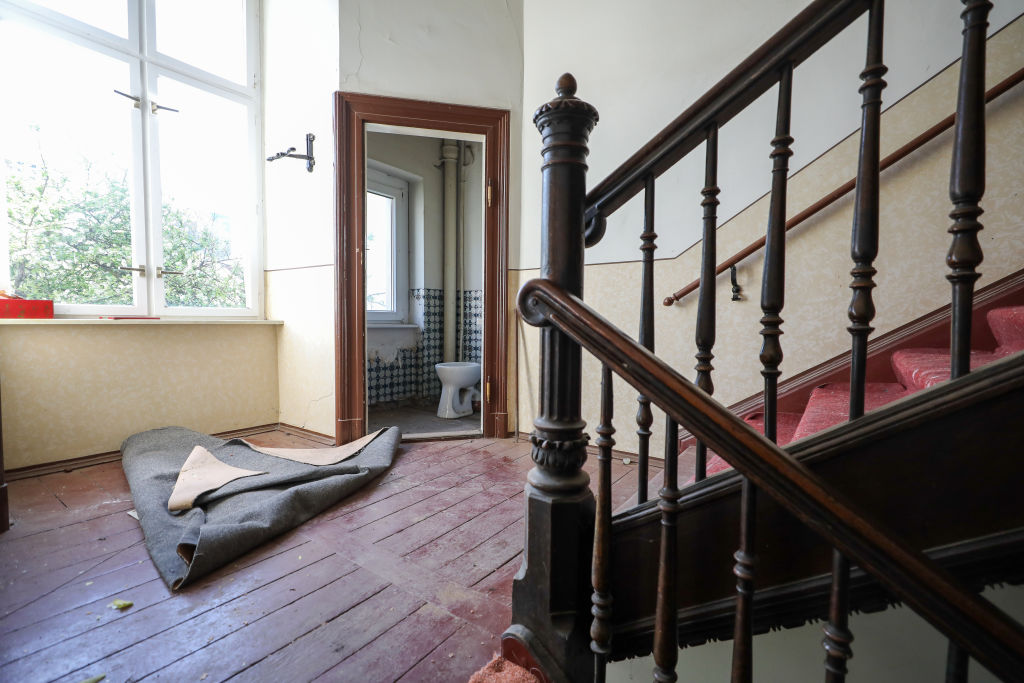
Having exposed, original floorboards can be fun and games but it will bite you back when winter comes. You can add insulation yourself at a very minimal cost using a draught-excluding solution.
This solution is pushed in between the gaps in the floorboards to prevent draughts and keep the room warmer.
Floor rugs are your best friend
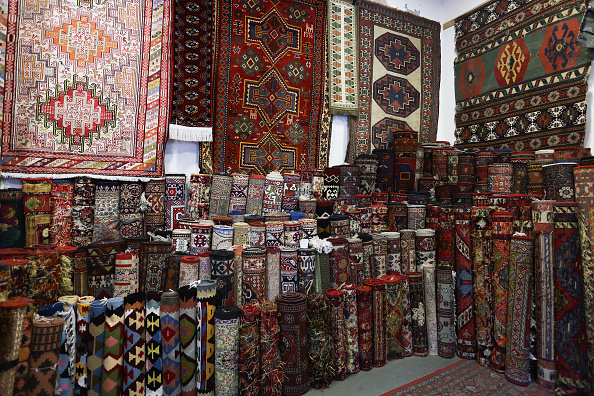
Layering the floors with rugs is another method of floor insulation. Ray Jones, a flooring expert at SCS, explains how carpeting can be an ideal go-to, saying: “Hot air will struggle to escape and cold air will become trapped in its fibers.”
Wool rugs are the ideal solution as they are very good insulators and will help you get to your goal.
Keep the blinds and curtains drawn
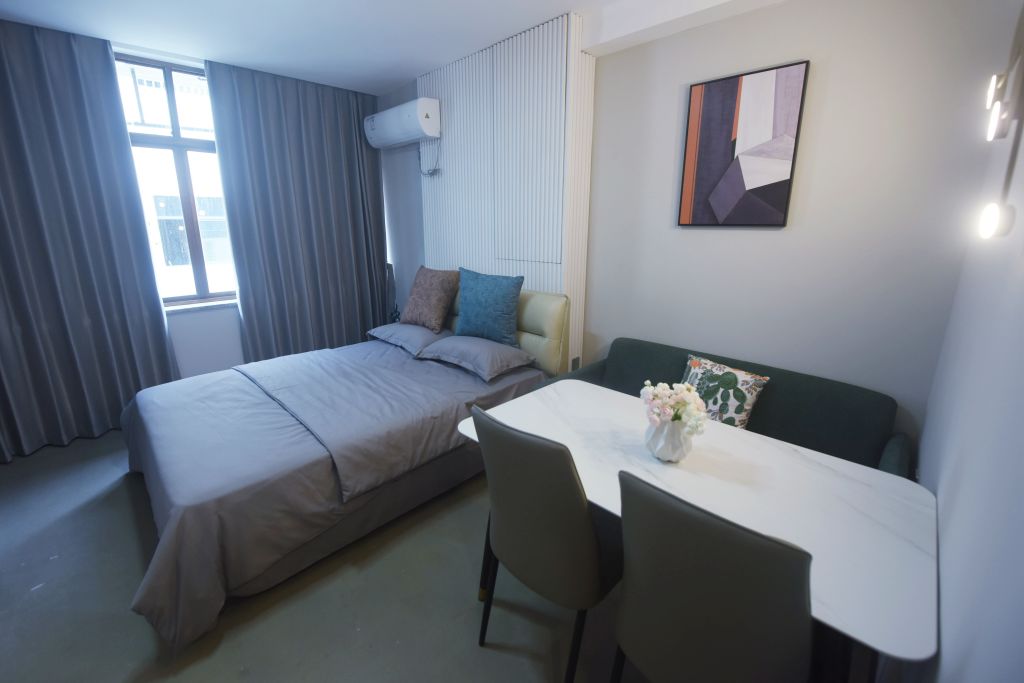
Dave Downing, managing director at Conservatory Blinds 4 Less, explains that glass easily loses heat, between 10% and 30%, even if it’s double-glazed. Keeping the blinds and curtains closed after sunset can significantly reduce heat loss.
Fireplaces are a double-edged sword
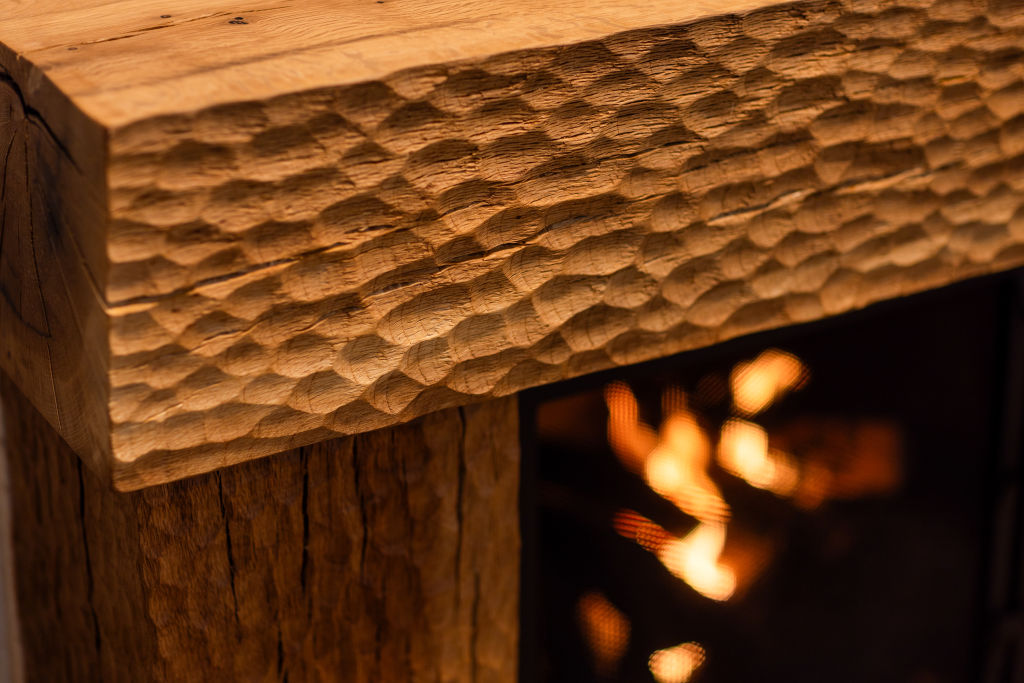
Fireplaces can be a source of warmth when in use but can also be a source of coldness when not in use, as the chimney allows the heat to escape.
Conventionally, one can block the opening with a pillow or a cushion when the fireplace is not in use, or one can use a removable chimney draught excluder.
Insulating windows
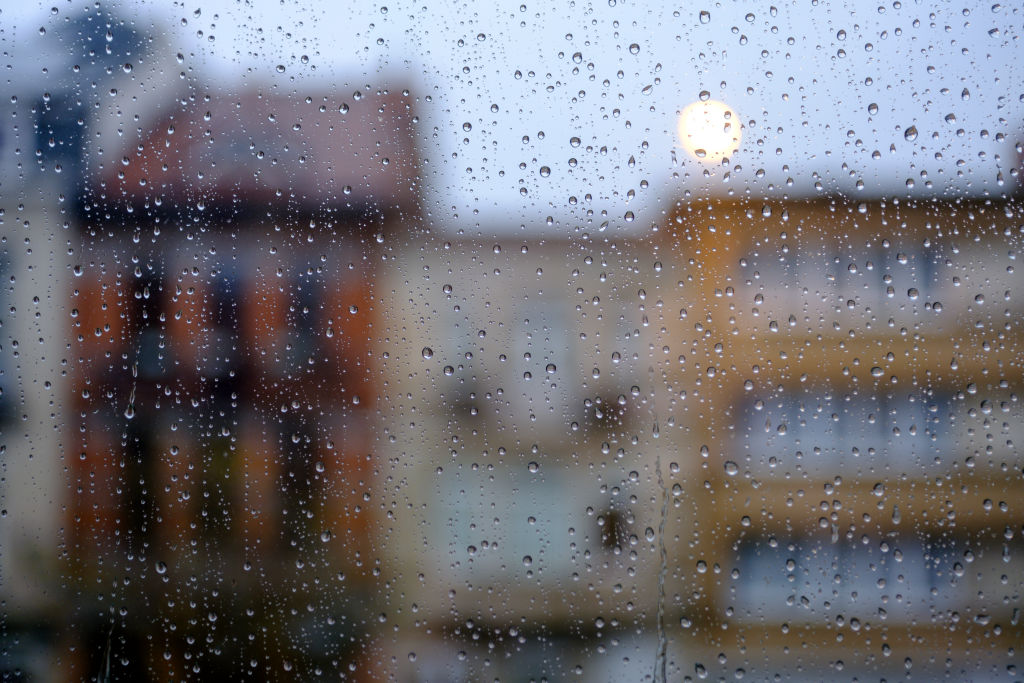
If you feel air even when your windows are closed, this could be a huge problem. A cost-effective way to work around this problem is Self-adhesive weather strips, which can be found in DIY stores.
Ryan Calvert, product manager at Hiatt Hardware, explains how “the very simple design of polyurethane foam helps to prevent the movement of air from the outside.” Just make sure you pick the right size to ensure efficient insulation.
Take care of any hidden gaps

The same concept applies to edging and wall gaps around extractor fans, vents, and doors in every room. It is imperative that they become sealed. Sealing them can be easily done using draught-proof strips or a sealant like foam seal or caulk.
Additional draught excluders can be handy
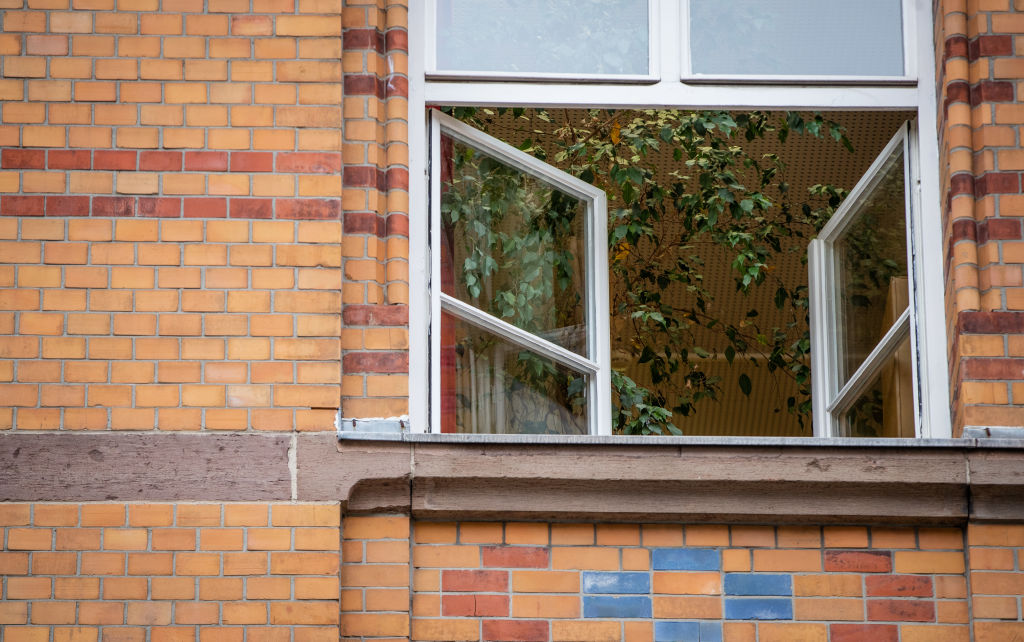
For instance, any draught excluder can be used as an extra measure around doors. Old towels or bed covers can be a budget-friendly solution.
Calvert explains further, saying, “Draught excluders are also a great, cost-effective option that, in extreme cases, can reduce heat loss by up to 30%.”
Doors can use curtains, too

Victoria Walker, Hillarys’ product manager, suggested “using curtains with thermal linings across doors,” advising us also to opt for heavy materials like “velvet and boucle, especially when paired with a thermal lining,” as they are good noise, light, and heat insulators.
Closed doors trap heat
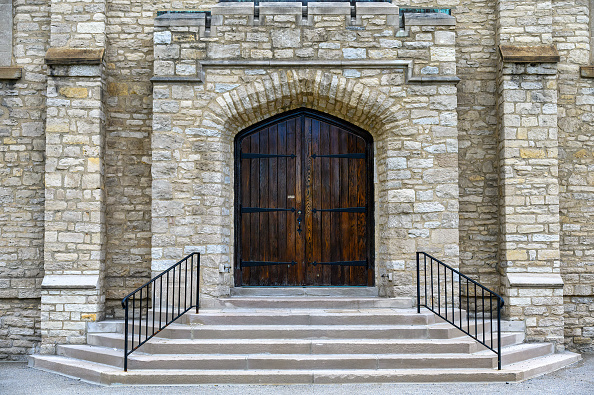
If there is a room that you are not using much, don’t turn the heater on; instead, close the door to help retain its heat. As for frequently used rooms, make a habit of closing the door behind you to prevent the heat from dissipating. This will lead to plenty of savings on your bills.
Redirecting heat with a fan

This one is for the log stove owners. You can add a simple stove fan to the top of your stove. It operates on the generated heat from the stove, where it spins freely and silently, redirecting and preventing the wasting of heat and money.
Bleeding radiators
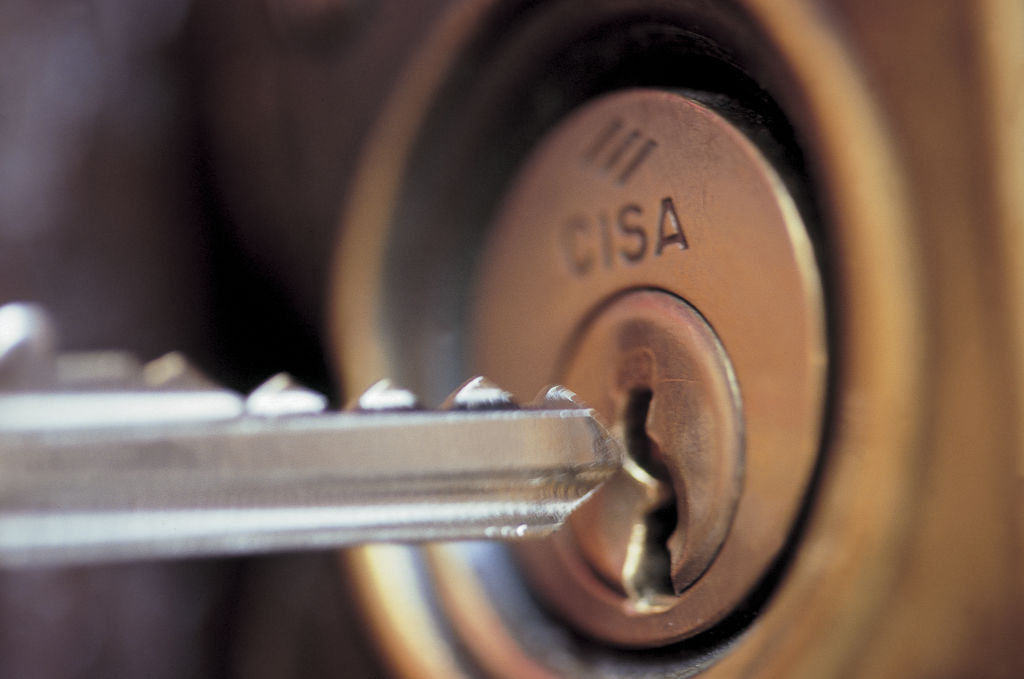
Bleeding your radiators ensures that they function with maximum efficiency. Alison Maclean, a property expert at St. Modwen Homes, explains: “By bleeding the radiators you can remove the excess air and improve the efficiency of radiators across your home to improve your home heating without having to turn up the thermostat.” All you need to achieve this is a radiator key.
A cover for your letterbox

Letterboxes can create chilly drafts that distribute themselves throughout the house. Shaw suggests, “If you have a letterbox attached to the exterior of your home, tape up the letterbox in your door as this is often a way for heat to escape.”
Calvert also suggests, “Installing a new letter plate with a dedicated flap or brush can prevent heat from escaping.”











































